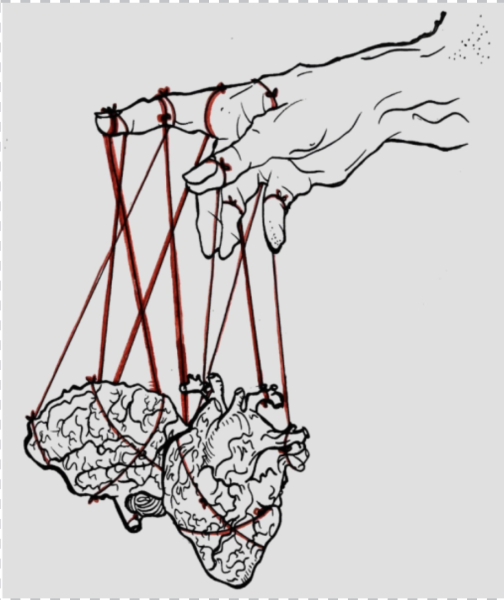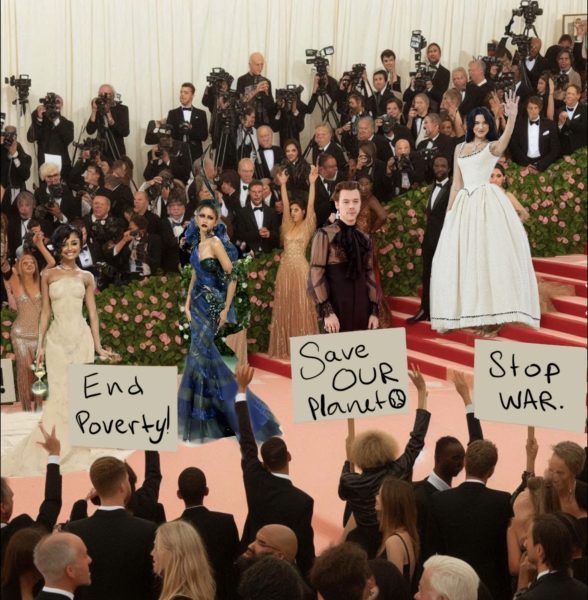LEARN, THINK, ACT
When the editors of The High asked me to write about racism in our school, I was taken by surprise. I have never witnessed racism and find it inconceivable that any racist behavior would be tolerated in our school. But after following the developments of George Floyd’s killing, speaking with some peers, and reading a lot about the issues of racial bias and racial injustice, I realized that we all still have work to do.
Let’s first take stock of the current situation. Our discussions focus on the US, where racial issues have been most pronounced and the debate most advanced. But the issue of racism concerns the rest of the world, too, especially in light of the polarized debate around immigration.
It is important to understand that modern-day racism is mostly “unconscious”; it’s about inherent bias (from law enforcement to employee selection and assessment to media portrayals) and about unequal access to opportunity (in education, the economy, health care, and housing – often interconnected).
The numbers agree. 70% of black households live in segregated communities, experiencing high crime, high poverty, poor health care, and poor education. The median wealth of black households in the US is ten times lower than that of white households. There are six times more black men in prison than white. Only four Fortune 500 CEOs are black.
While the facts remain staggering, it is also true that there has been a lot of progress. Think of Barack Obama, Robert F. Smith (billionaire investor and philanthropist), or Neil de Grasse Tyson (astrophysicist and author). Seeing black people rise to such prominent roles in society would have been unimaginable even a few decades ago.
On top of that, the recent weeks have seen real action with important symbolism and substance. Donations to causes supporting racial equality by both corporations and individuals are surging. State and local governments are taking actions to reform their police departments. The dictionary Merriam-Webster is revising its definition of racism to reflect that it “can be systemic.” The staff of the journal Science are striking to demand higher participation of black people in scientific research and academia. Sephora pledged that it would dedicate 15 percent of its shelf space to black-owned brands – many other high-end retailers followed. Companies large and small are setting demanding targets to make their staff and leadership teams more representative of the societies they serve.
As positive action takes momentum, so does the debate intensify. One subject of debate is the violence in some protests – while there are differing views on how to counter it, there is widespread agreement that violence doesn’t help the cause of positive change for black people – and that is encouraging. A more complex debate has emerged around how to fully embrace positive change in diversity and opportunity while maintaining objectivity and avoiding a singular “good vs evil” mindset on all racial matters which undermines meritocracy, the belief in facts, and the pursuit of excellence. Research shows that diverse companies and communities are more successful – this is very encouraging, but rather the start than the end of the road.
In other words, as I wrote earlier, we have work to do. We, the teachers and students of ISL, can do a lot. And at every level.
At the individual level, we should be part of each other’s world. We should understand deeply each and every one of us in the school – and not declare victory until every one of us does not feel racially (or otherwise) discriminated.
At the community level, we should be part of the action. Compared to most other countries, Swiss society appears almost perfect – but it is not entirely. We should identify where racial injustice exists close to us, immerse ourselves into the “hotspots”, and make change happen.
At the global level, we should be part of the debate. We have the fortune to not be exposed to the implications of racial tension, such as in the US. But our safe distance should not stop us from building the knowledge and awareness – both to apply it locally in the present and to be better global citizens in the future.
Let our journey to a more diverse and inclusive world begin. Here at ISL. Starting with each of us personally.
A FEW SUGGESTIONS TO GET US STARTED
- Pair to learn. We assign students in pairs to have conversations about their view of racism at ISL. Each student explains to the class their partner’s point of view. This protects anonymity and provokes empathy.
- Structured debates. Students have to argue for one side of a debate. Topics range in complexity, from the justification of violence in protests to the fairness of affirmative action.
- Engaging presentations. They are during homeroom and cover the history of people of color, the evolution of their rights, and what the current racial inequities are.
Local action. We find local groups providing assistance to people of color. We offer volunteer work and donate money, food, and clothes.



